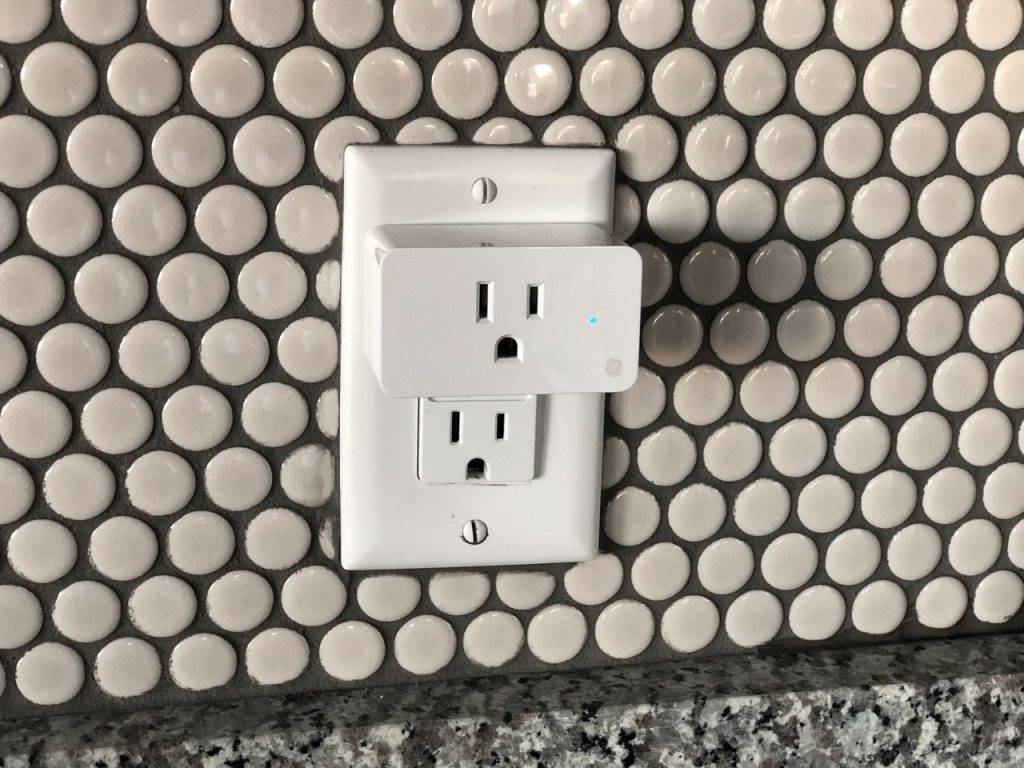What is the Power Output of a Small Hot Tub?

To figure out how much power your small hot tub will use, you must first determine the cost per kilowatt-hour in your area. Generally, 10 cents per hour is the average rate, so divide the wattage by 1,000 to get kilowatts.
Estimate how much you use your hot tub each month to determine how much power you’ll need. If you plan to use your hot tub more than once a day, you’ll need a bigger power source.
Problems with a plug-and-play spa
If you’ve been having trouble with your hot tub, you may be wondering what could be causing the problem. The first step in troubleshooting a plug-and-play spa is to check for a burned or melted wire or component.
You can check this by unplugging the spa and examining the components separately. If the GFCI trip indicates that there’s an electrical problem, you can call a professional to repair it.
Another common problem with plug-and-play hot tubs is an airlock. If this occurs, you should never use the plunger to saturate the jets as this could ruin the entire system.
Another sign that something may be wrong is the temperature reading on the control panel. If the water temperature is too high, the temperature sensor may need to be replaced. Listed below are some common problems with plug-and-play hot tubs.
Cost of converting to 220 volts
Converting to 220 volts for your hot tub can save you money and improve its performance. This process will require you to learn about electrical systems, though. A hot tub that uses 220 volts has no plugs and is hardwired into the home’s electrical system.
Converting your hot tub to a 220 volts system is not as complicated as it might sound. The average cost is between $900 and $1500. This assumes that you do not already have wiring installed for your hot tub and that you have conduit available in the vicinity.
A 220 volts hot tub is more efficient because the power used is more consistent. The pumps are also more powerful.
The heater and jets can run at the same time, meaning fewer interruptions in the heating process. Another major benefit of a 220 volts hot tub is its fast heating time.
Compared to 110-volt hot tubs, a 220 volts hot tub will heat up faster and maintain a higher temperature.
Energy efficiency of a hardwired spa
There are many benefits to a hardwired spa. These features include more efficient heating and cooling, more robust components, and better energy efficiency.
Energy-efficient spas also offer spa owners the ability to relax and recharge, which is essential in our busy society. Stress negatively impacts our immune system and our social interactions.
Whether you prefer a soothing hydrotherapy massage or a hot soak, letting go is crucial for your overall well-being.
High-quality hardwired spas have at least two jet pumps and an additional circulation pump. All of these work together to provide heat to the spa water.
Because these pumps are all powered by electricity, they can operate at higher temperatures than 110v models. Other hardwired spas can operate on 60-100 AMP circuits.
Depending on the size of the spa, higher amperage may be necessary to power multiple heaters. Dual-zone swim/exercise spas may require 100 amps or more.
Energy consumption of a plug-and-play spa
Depending on your personal preferences, a hardwired or plug-and-play spa may be more or less energy efficient. Hardwired models draw more power and can run higher levels of heaters, while plug-and-play spas run at lower wattages and take longer to heat.
While plug-and-play spas are more efficient, they do have some limitations. Here are some important points to consider:
Most plug-and-play spas run on a standard 110-volt power source. The smaller size and lack of internal heating capacity make them slower to heat up than a 240-volt spa. Also, they do not have as much power to heat water in colder environments as 240-volt hot tubs. Luckily, quality plug-and-play spas can run off of your existing 110-volt electricity.
About the Author

I am a writer who does research on the bathroom and researches whether minimalist or modern bathroom equipment and products. I will continue to write to make the time spent in the bathrooms enjoyable.
